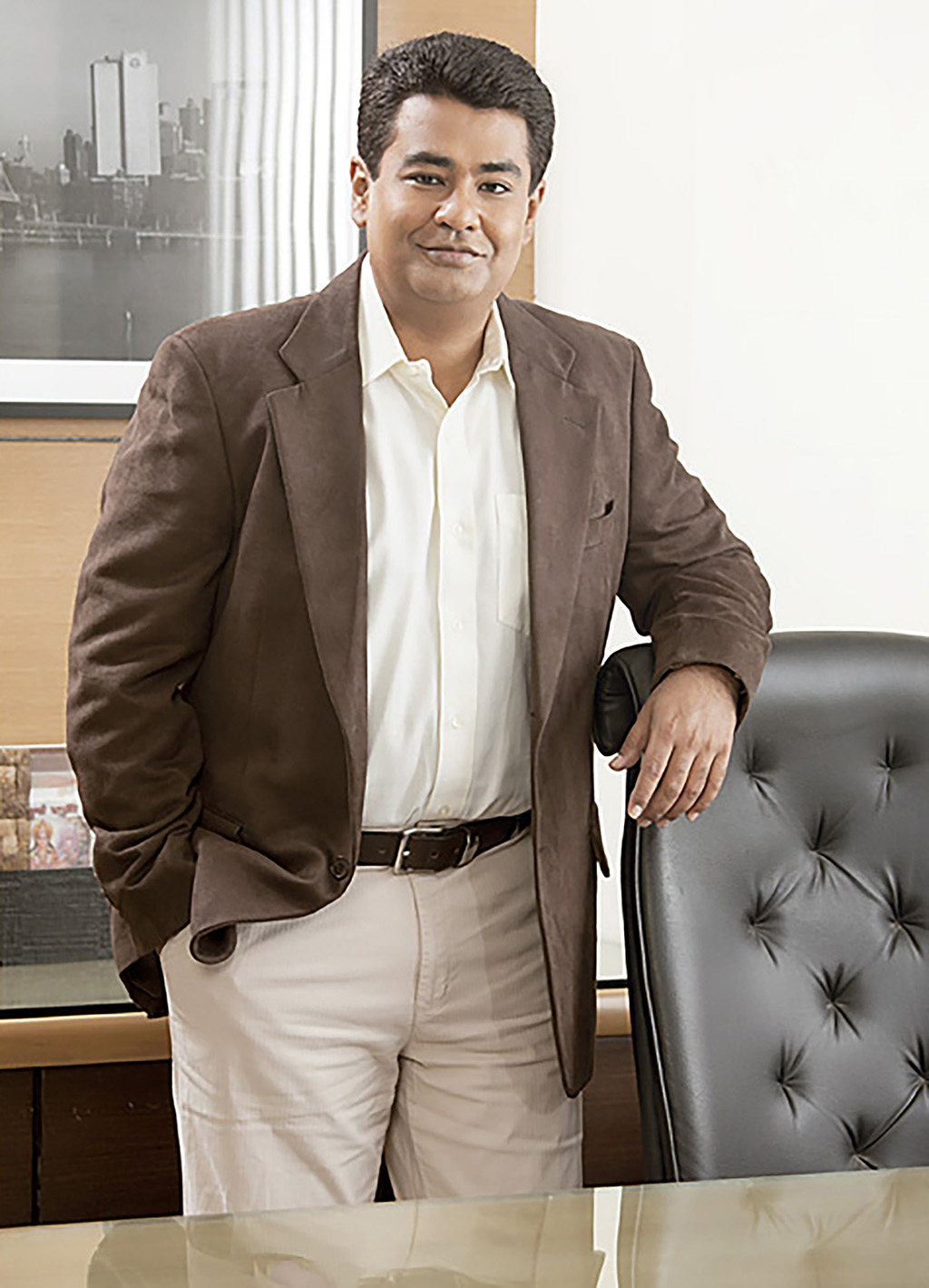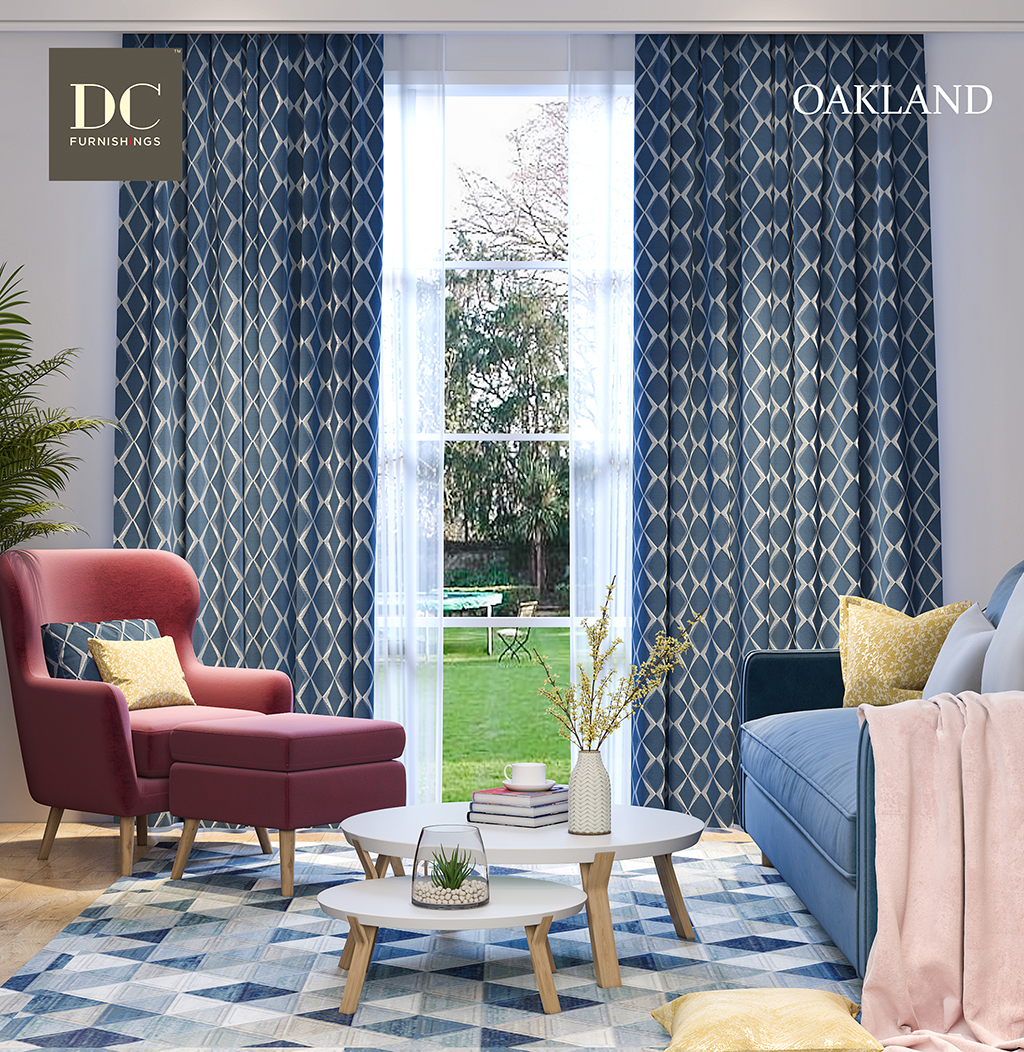Engaged in the segment of home furnishings, Dicitex Furnishings is known for offering a wide selection of products with the latest fabrics, textures, colours and prints. The company’s portfolio offers a balanced mix of fashion and functionality. In this interaction with Textile Magazine, CEO Rajjnish Arora shares detailed insights about the company’s performance despite the pandemic, manufacturing capacity, sustainability and vision for the coming years

Circa 1999, Dicitex Furnishings started with the singular vision of becoming a globally reputed name in the home decor industry. As of now it is among the world’s top five manufacturers of chic furnishing fabrics and upholstery, its progress fuelled by a strong commitment to deliver a seamless blend of international quality and impeccable style in a mind-blowing palette of colours. If at all in this long journey there has been a hiccup, it has been due to the pandemic. Elaborating on how the company managed to beat the impact of the pandemic and continued to function normally, CEO Rajjnish Arora says, “The pandemic has taught us to be simple in our approach and yet overcome the biggest obstacles.”
“We ensured that all the precautionary measures advocated by the World Health Organization were adhered to and continued to operate as in normal times. And that is how we could manage to sail through these tough times,” he adds. The company continued to develop new products and solutions based on the changing market demand. “Our focus was clear. We introduced anti-bacterial, anti-viral and anti-fungal bedding range as that was the demand. We placed more emphasis on the usage of performance fabrics such as water-repellent finish and stain-resistant and fire-retardant fabrics as these work well in the hospitality sector,” Arora informs.
Adapting to Change
The change in strategy worked in favour of the company with the marketing team beefing up its efforts to reach out to both domestic and international buyers. According to Arora, the management and sales team have been on a virtual sales tour with all their international clients – mailing e-catalogues, making presentations, sharing product details, etc. It was this constant connectivity that paid off since the turnaround of the selection by the buyers into production was much quicker with the requirements being very clear. “In my opinion, the year 2020-21 provided all the textile companies an opportunity to work efficiently on their product development,” he adds.
Infrastructure and Capacities
As regards the total manufacturing capacity and infrastructure of the company, Arora informs that they have Matex velvet and Vandeweile machines to make world-class cut and uncut velvet fabrics in-house. They also have stiffly and multi-head ember machines which churn out magical embroidered fabrics and sheers and are also into dress materials and apparel fabric. “In addition, we have three printing machines and in-house digitally printed bed linen range with enriched printed upholstery and drapery fabrics. We are planning to invest in wider width transfer printing machines as there is a demand for add-ons for fabrics. Therefore, wider width jacquards with printing on them could be a new demand globally,” he adds.

Retail Product Range
Dicitex Furnishings conducted a retail product launch last month which attracted huge response. Elaborating, Arora says, “This time our collection is very fresh, modern and minimalistic and we have tried adding newness in all the categories be it upholstery, curtains or sheers. We have also come up with a new collection for children.” As regards hygiene and anti-microbial properties, the company is planning to launch a dress material range that will incorporate all such requirements. “Our design and marketing team is working on the details. Meanwhile, we have introduced a new brand called ‘Art Noir’ in partnership with architects Krupa Zubin and Zubin Zainuddin, founders of ZZ Architects. This collection is a high-end one in neutral hues with very modern geometric and abstract patterns,” Arora reveals.
Sustainability Quotient
In current times, sustainability has become a big topic in textile manufacturing. Global brands and retailers are increasing their focus on sourcing sustainably manufactured products through the entire value chain. So how does Dicitex Furnishings ensure sustainable manufacturing of all its products and solutions? Replies Arora: “We have been putting constant efforts in making our products highly sustainable. Our product development team is working with various recycled yarn sources and we are trying to blend the same with our existing yarn base to develop a good range. I believe we should be ready with these products for launch at Heimtextil 2022. Secondly, we are also researching on using BCI yarns. Work is also going on for outdoor fabrics.”
Given that the global home textile segment is highly competitive with many Indian and global textile manufacturers competing for a share of the pie, why should a customer consider sourcing from Dicitex Furnishings? Arora points out that the company’s core strength lies not only in the quality of its products but also the bonding it develops with employees, customers, buyers and suppliers so that there is a big comfort zone to work in. “It also provides the flexibility to think out of the box and develop new products and solutions,” Arora says. Another major trend that the company has tapped into is the growth in e-commerce with an increased focus on the domestic market and consumers for home textiles, which is a large market but remains relatively unexplored.
Arora is of the opinion that the domestic market is picking up slowly and the best way to tap it is to offer different products but at competitive pricing so that ultimately it is value for money. “We are working with various e-commerce channels already selling our product lines such as bedding, stitched curtains and cushions,” he informs. As for the targets set for the next few years, Arora states that the objective is to increase the current turnover of Rs 400 crore to Rs 750 crore by 2025. “We would like to diversify into wallpapers, floor coverings like rugs and carpets and window blinds. We are trying to expand and revive our global footprint in South America, Japan and European countries like Austria and Italy,” Arora shares.